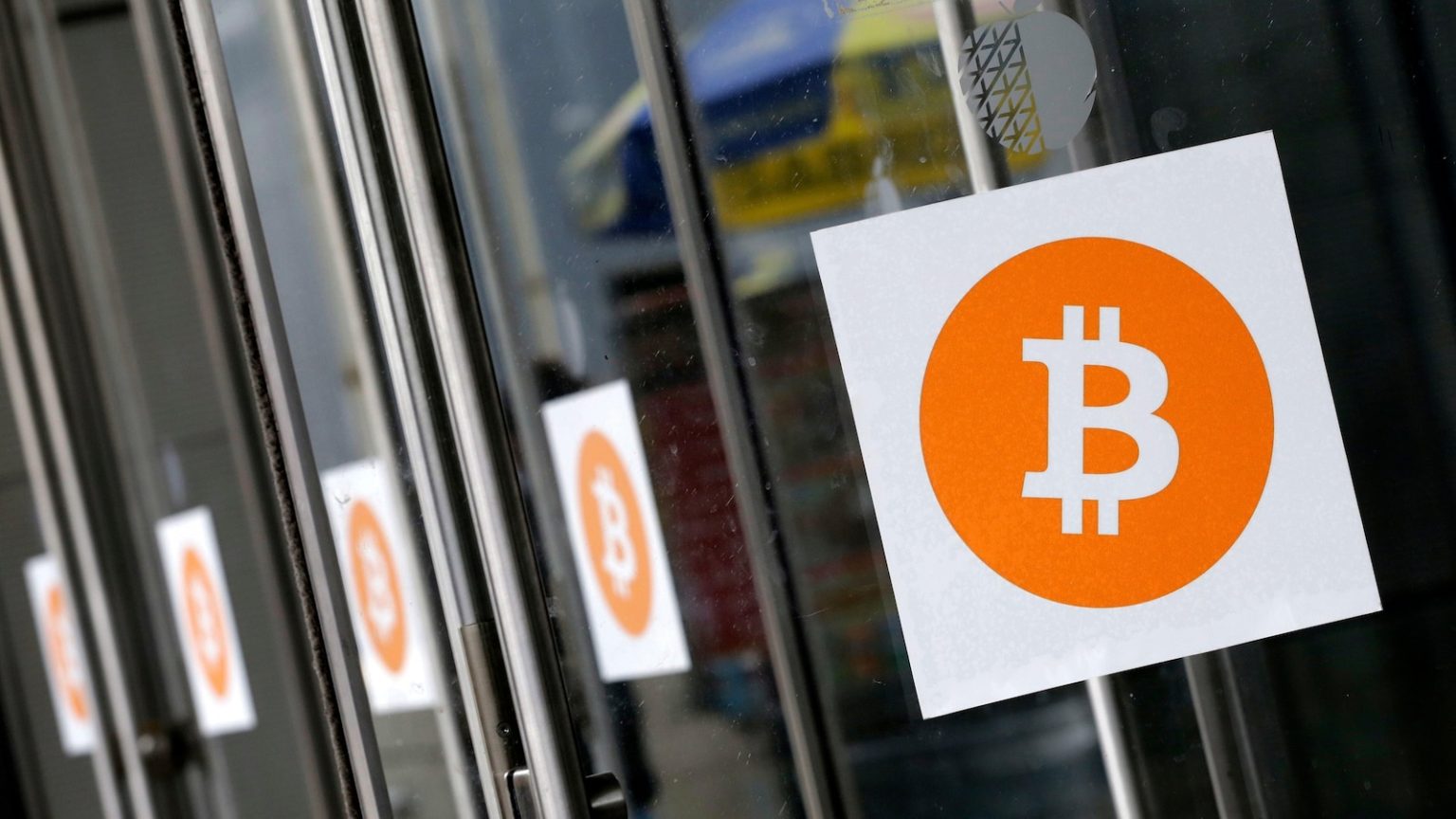The Impact of Trade Tensions on Cryptocurrency Markets
The cryptocurrency market experienced a significant downturn as fears of a potential trade war between the U.S. and its major trading partners intensified. Bitcoin, the world’s most widely recognized cryptocurrency, saw its value drop below $100,000 following U.S. President Donald Trump’s announcement of plans to impose large tariffs on goods from Canada, Mexico, and China. By Sunday night, Bitcoin had fallen to approximately $92,000 before partially recovering to around $99,000 by Monday morning, after Trump announced a pause on tariffs for Mexican goods. This volatility highlighted the sensitivity of cryptocurrency markets to global economic and political developments.
Other popular cryptocurrencies, including Ethereum and Dogecoin, also suffered substantial price drops, with some assets losing more than 10% of their value since Trump’s tariff announcement. Even Trump’s own meme coin, launched just before his presidency, experienced a significant decline, underscoring the broader market instability. According to Garrick Hileman, an independent cryptocurrency analyst, “Those are riskier cryptos” than Bitcoin, adding that the gap in performance was somewhat surprising. The sell-off was part of a larger global market downturn as investors braced for the potential economic fallout of the tariffs.
The Broader Economic Context of the Trade War
President Trump’s decision to impose tariffs on key trading partners sparked widespread concern among investors and analysts. Trump warned Americans that they may feel “some pain” from the tariffs, which he argued would be “worth the price” to achieve his goal of making America great again. The tariffs were not only aimed at Canada, Mexico, and China but also potentially at the European Union and the United Kingdom, further heightening global economic uncertainty.
The cryptocurrency market’s reaction to these developments mirrored the broader financial markets, which also saw a decline as the tariffs were set to take effect. This correlation between traditional financial markets and cryptocurrencies suggests that digital assets are increasingly intertwined with global economic trends, despite their origins as decentralized alternatives to traditional financial systems.
Bitcoin’s Resilience and Role in the Financial Landscape
Despite the recent drop, Bitcoin remains a dominant force in the cryptocurrency market. Created in 2009 as a form of electronic cash free from government and bank control, Bitcoin has evolved from a fringe investment to a mainstream asset. Its price movements have increasingly tracked those of tech stocks, reflecting its growing integration into the broader financial ecosystem.
Bitcoin’s ability to rebound from the $92,000 low to around $99,000 by Monday morning demonstrated its resilience, even as other cryptocurrencies faced more severe declines. However, the overall volatility of the cryptocurrency market serves as a reminder of its speculative nature and vulnerability to external economic shocks.
The Rise and Fall of Meme Coins in the Crypto Market
Meme coins, a highly volatile subset of the cryptocurrency market, have gained significant attention in recent years. These assets often originate as jokes or memes but can experience rapid price surges if they gain enough traction among investors. Trump’s own meme coin, launched just before his second inauguration, saw its value plummet to around $19 on Monday, marking a 75% drop from its all-time high. Similarly, First Lady Melania Trump’s meme coin has suffered an even steeper decline, falling nearly 90% from its peak and currently trading at about $1.50.
The sharp declines in these meme coins highlight the speculative and unpredictable nature of this corner of the crypto market. While some meme coins have achieved remarkable short-term success, their lack of intrinsic value and reliance on investor sentiment make them particularly vulnerable to market downturns.
Trump’s Shift on Cryptocurrency and Its Implications
President Trump’s embrace of cryptocurrencies marks a significant shift from his earlier skepticism. Once a critic of digital assets, Trump has come to view cryptocurrencies as both a personal wealth opportunity and a key component of his economic agenda. He has pledged to make the U.S. the “world capital of crypto” and has appointed several crypto-friendly officials to influential government positions.
This shift in stance has coincided with a surge in cryptocurrency values since Trump’s election. Bitcoin, in particular, has remained near its all-time high of $109,000, despite recent fluctuations. Trump’s support for cryptocurrencies has been seen as a positive development for the industry, but the broader implications of his policies and their impact on the global economy remain uncertain.
Conclusion: The Crypto Market’s Sensitivity to Global Events
The recent downturn in cryptocurrency prices serves as a stark reminder of the interconnectedness of global markets and the sensitivity of digital assets to economic and political developments. While Bitcoin and other cryptocurrencies have shown resilience, the sharp declines in meme coins and altcoins underscore the risks and uncertainties inherent in this rapidly evolving market.
As the U.S. navigates potential trade wars and geopolitical tensions, the cryptocurrency market will likely remain highly volatile, influenced by both external economic factors and internal market dynamics. For investors, this landscape calls for caution and a nuanced understanding of the forces shaping the crypto ecosystem. Ultimately, the long-term trajectory of cryptocurrencies will depend on their ability to weather external shocks while continuing to innovate and adapt to changing global conditions.
In the meantime, the rise and fall of meme coins like Trump’s and Melania’s serve as a fascinating case study of the speculative nature of the crypto market. While these assets may not have significant real-world utility, their popularity highlights the unique blend of humor, speculation, and innovation that defines this space. As the crypto market continues to mature, it will be important to distinguish between fleeting trends and assets with lasting value.















